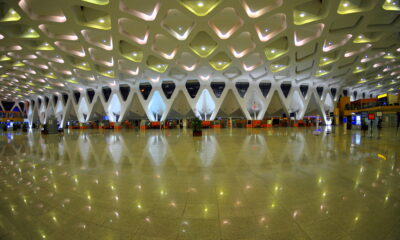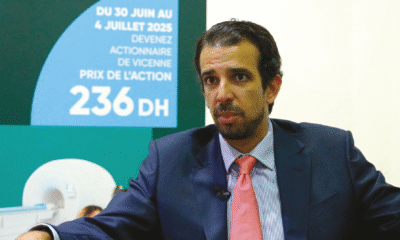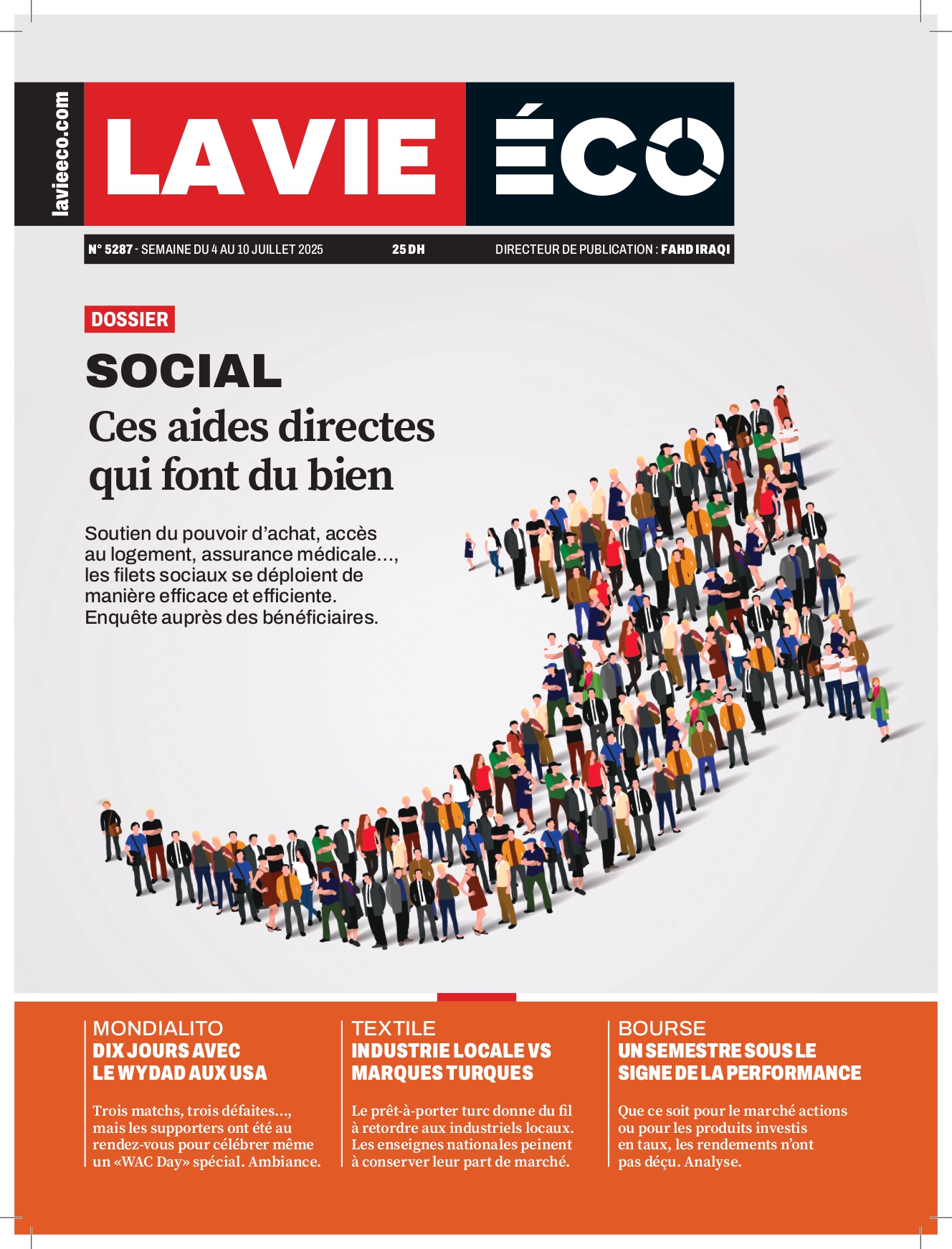Kingdom
Fishing Industry: Could African Partnerships Drive Its Revival?
As of late May this year, southern regions reported a catch volume of 38,000 tonnes, starkly below the annual average of 300,000 tonnes. The canned goods industry, freezing sector, and producers of fishmeal and fish oil face a deadlock. Pathways to revival.
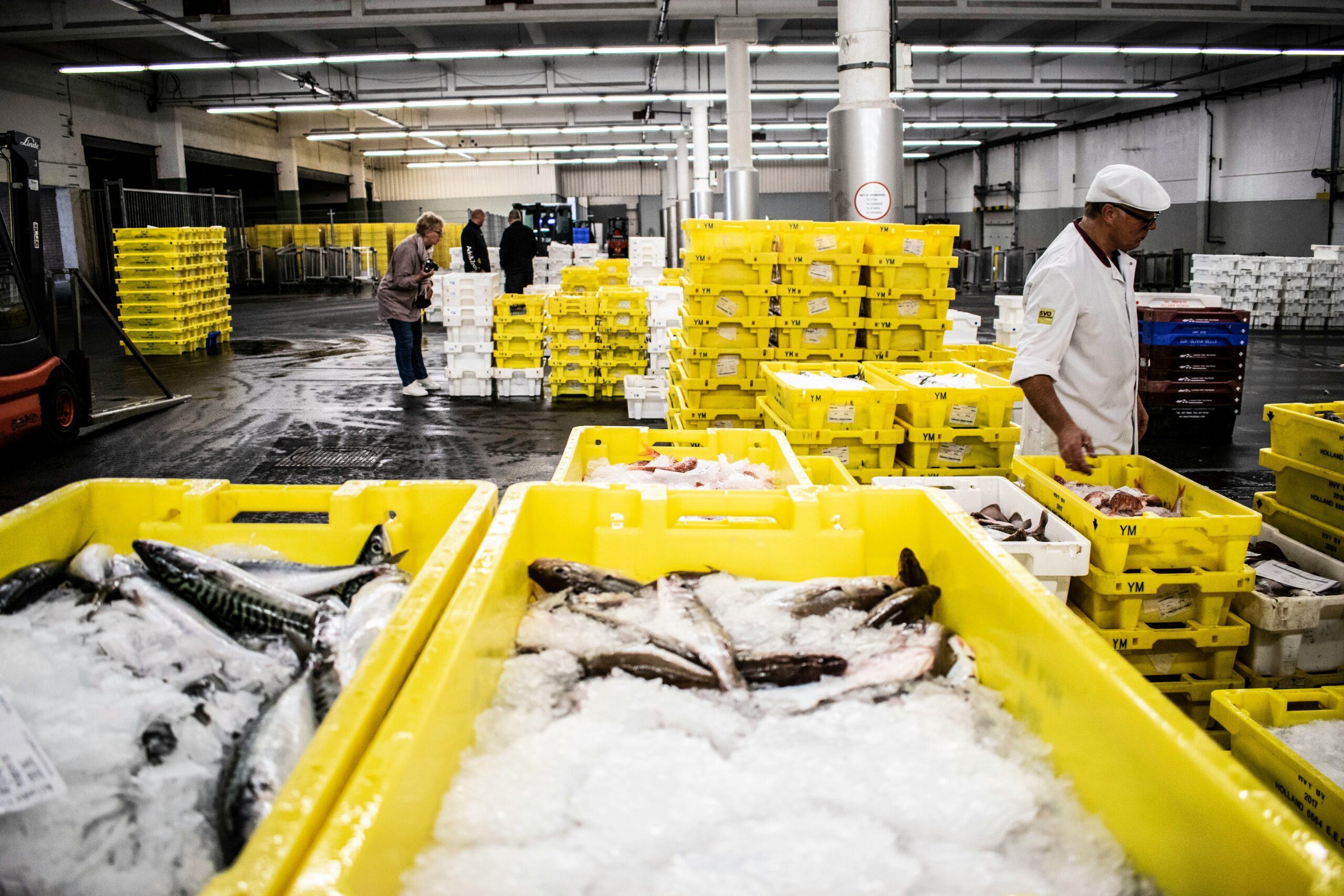
A historic first for fishing ports in southern Morocco. Small pelagics, which have defined the local fishing sector and shaped the maritime industry’s landscape in the region, are becoming increasingly scarce. Landing volumes have declined since 2023, raising concerns for the canning and freezing industries, and secondarily for fishmeal and fish oil production.
Official figures from the ONP (National Fisheries Office) underscore the urgency for corrective action. As of May 31, landings barely reached 38,000 tonnes, despite a 45-day biological rest period for the ports of Laâyoune and Tarfaya and a 60-day pause for Boujdour and Dakhla.
By the end of 2024, landings totaled 211,326 tonnes, down sharply from 311,123 tonnes in 2023. The direct consequence? A tightening supply of small pelagic raw materials for local industries.
For years, securing raw materials for Morocco’s fishing industry has been a priority for public authorities. The Halieutis Strategy, launched in 2009—anchored in innovation, sustainability, and competitiveness—aims to preserve fishery resources for future generations and maximize Morocco’s maritime potential. A key focus has been ensuring stable raw material supplies.
Under this framework, tenders and calls for interest led to the allocation of annual coastal fishing quotas to Southern zone shipowners. The strategy also incentivized industrial players to form economic interest groups (GIE) with RSW boats in Dakhla, granting them access to annual quotas in the “Stock C” fishing zone.
This state policy marked a historic opportunity to advance Morocco’s maritime industry. Significant capital was injected into southern industrial units, boosting production capacity and driving export revenue growth.
These investments were financed by local banks. However, today’s volatility in the sector, compounded by unpredictable and declining catch volumes, is disrupting raw material supplies. The risks facing the industry have become a pressing local issue, raising urgent questions about the sustainability of these investments.
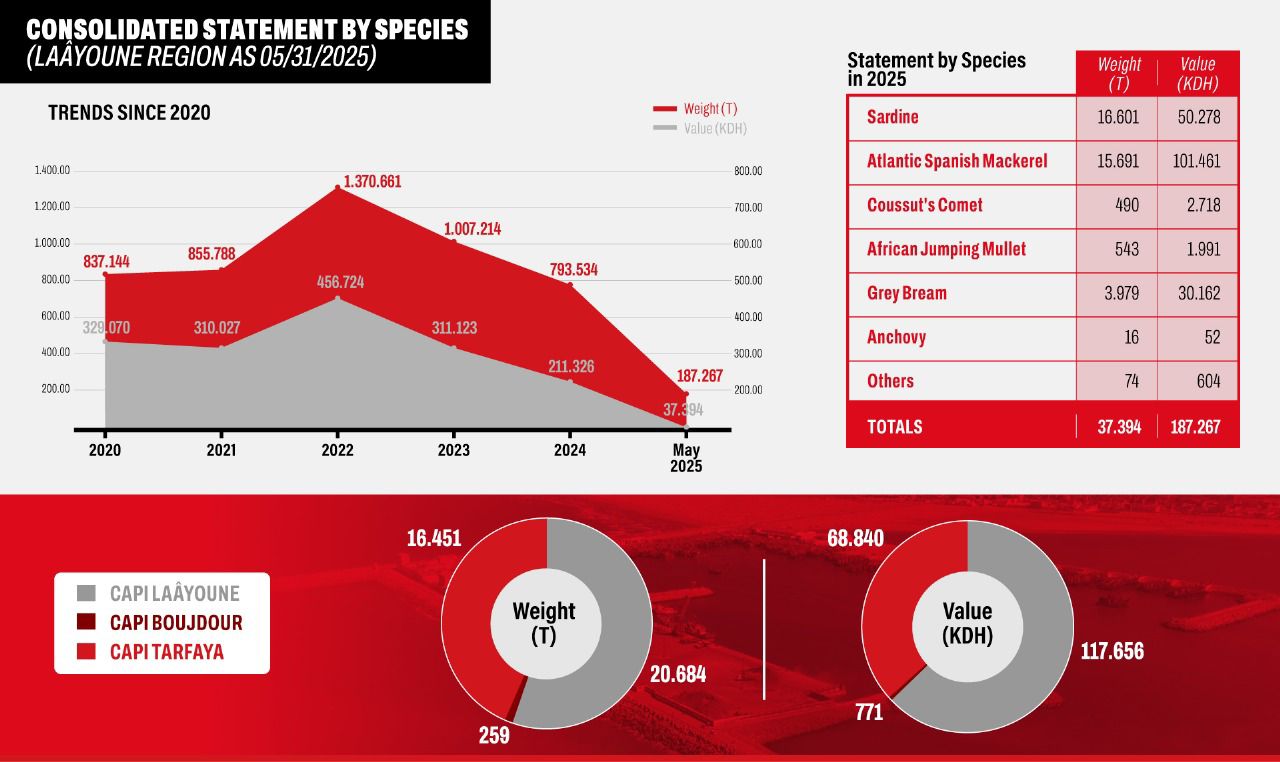
The Spanish Model
The question on everyone’s mind: How can the sector be saved? The Spanish experience has particularly captured the interest of local industrialists. In essence, to sustain itself, the fishing industry in southern Spain relied on its fisheries agreement with Morocco.
Simultaneously, partnerships were forged between Spanish industrialists and Moroccan fishing operators to secure raw material supplies, while leveraging the euro/dirham exchange rate to protect profit margins. One of the most successful examples is Spain’s tuna industry.
The company Atunes y Lomos S.L., headquartered in Vigo in northern Spain, secured large-scale medium- and long-term supply contracts with major canneries specializing in seafood products in Casablanca, Agadir, and Laâyoune.
Today, the Aveiro Group in Agadir exemplifies such partnerships. Unsurprisingly, industrialists in southern Morocco are advocating for replicating this model between Morocco and its African partners. Many argue this is essential, particularly under a shared vision for Atlantic resource exploitation or the blue economy.
This vision fuels hopes of leveraging African fisheries as a solution to current constraints and a means to meet Moroccan industrialists’ raw material needs. This time, however, through new forms of economic interest groups (GIE) focused on imports or fishing along Africa’s vast coastal zones. Here, geographic proximity favors opportunities from Mauritania and Senegal.
Local operators are already showing strong interest in South-South partnerships. This interest is amplified by the Moroccan dirham’s stability and strength against the CFA franc, offering an unmatched advantage and ensuring the success of Morocco’s African partnerships. For Moroccan fishing operators, this is an especially enticing prospect.
With 1 Moroccan dirham equivalent to 63 CFA francs, Morocco’s trade balance gains a reassuring edge over competitors, as the cost of sourcing small pelagic raw materials becomes highly competitive.
Undoubtedly, this could serve as a lifeline for Morocco’s fishing sector, stabilizing its direct and indirect jobs—currently threatened by the uncertainty of restoring coastal fishing to the landing levels seen in years past.
An Ad Hoc Commission
For industry operators, hopes of reaching the 300,000-tonne annual average target grow increasingly distant. Achieving this will require longer biological rest periods—potentially exceeding 18 months.
This reaffirms the critical need for partnerships with African nations to sustain the sector. Such collaborations would demand even larger landing volumes, necessitating expanded infrastructure.
Indeed, broader bilateral trade agreements with African neighbors require heavy logistical frameworks: port and road infrastructure, telecommunication networks, industrial zones, affordable energy sources, human capital development, stable monetary systems, a favorable business climate, and clear visibility on future investments, among other elements.
For fishing sector stakeholders, the new Dakhla Atlantique port offers a tangible solution. Additionally, forming a joint ministerial ad hoc commission (Interior, Agriculture and Fisheries, Foreign Trade, Finance) to evaluate proposals for economic interest groups (GIE) focused on African fishing or imports could mark the first step toward crisis resolution.
Next, a collaborative crisis management framework must be established through dialogue between public authorities and coastal fishing operators in countries engaged in South-South partnerships.
This commission’s mandate would include: Proposing viable revival strategies via South-South partnerships with African neighbors; Drafting tailored specifications for the maritime industry’s needs, including annual import quotas bolstered by customs incentives for industrial units expressing interest in such partnerships.
The initiative could even expand to include seine-net coastal fishing vessels, granting them permits to fish off African coasts and land catches in African ports equipped to meet logistical and quality standards.
By Brahim AZERGUI, Banking Professional

